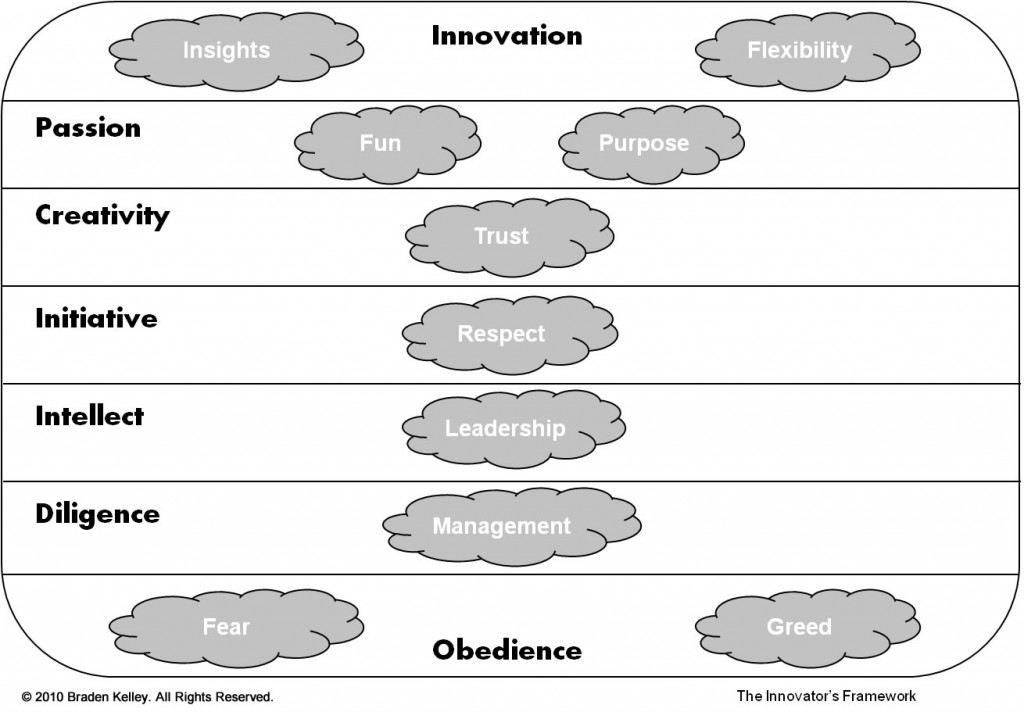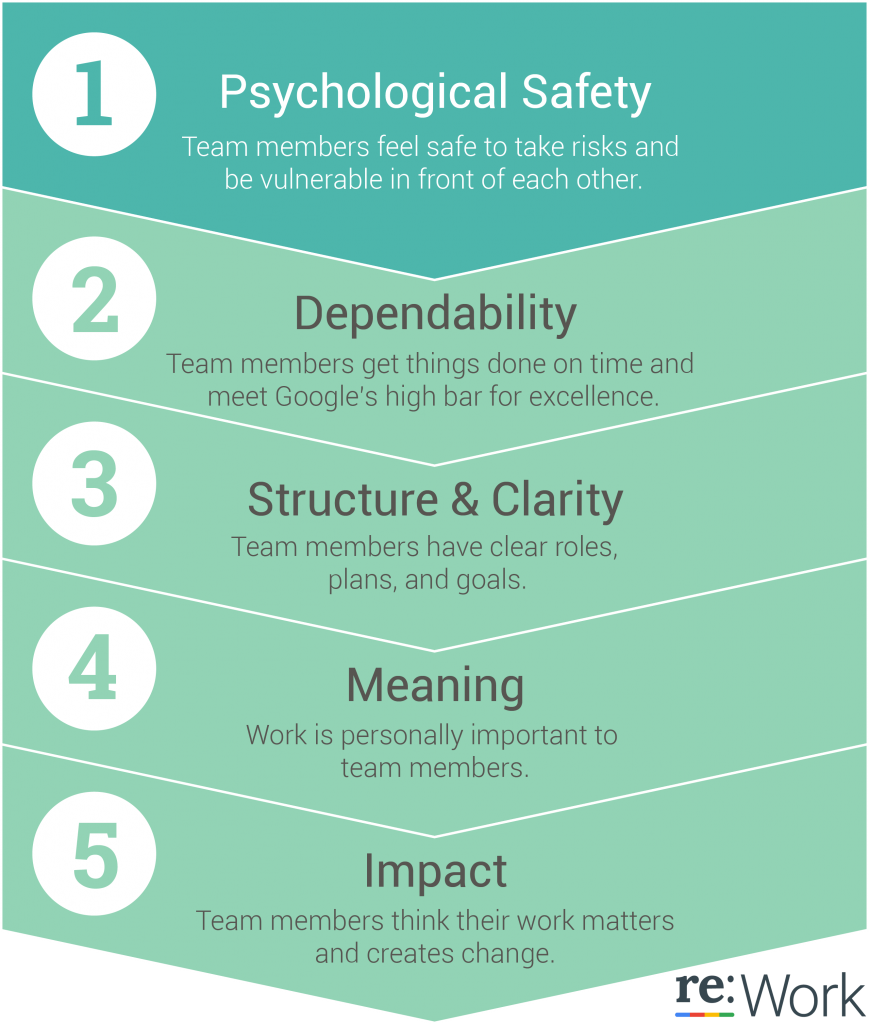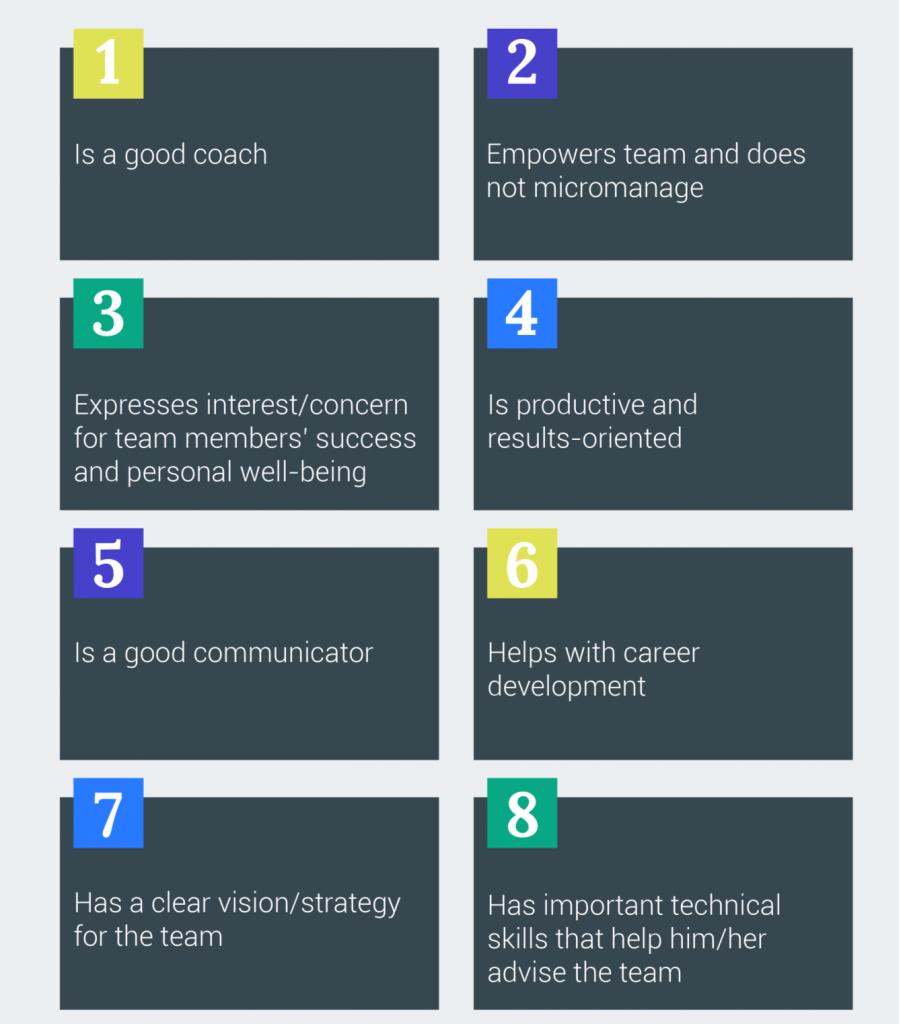
GUEST POST from David Burkus
Teams face a lot of different challenges. Leading a team involves leading through many challenges. You’re given performance objectives. You map out a plan of execution with your team. But pretty quickly, you will run into challenges—both seen and unseen. And while most of these challenges are unique to the work being done and the team doing that work, some challenges are universal for teams.
These challenges all teams face are less about the work and more about teamwork and collaboration. That’s what makes them so common. But because they’re so common, they can be anticipated—and overcome.
In this article, we’ll outline five challenges all teams face and offer some insight on how to overcome them.
1. Finding Direction
The first challenge all teams face is finding direction. Most teams in most organizations don’t get to decide what specifically they get to work on—it comes with their collective job descriptions. However, they still get to make decisions as a team about what the priorities around all their tasks are, and sometimes even who is going to do which task. This is the initial challenge of finding direction. But keeping direction in a changing environment can be just as challenging as well. Priorities often need to change or be rearranged. New tasks are assigned. New changes in the environment happen. And that could mean slight shifts in the direction need to be made.
As a leader, one of the easiest ways to find and keep direction is through a regular “huddle” or weekly meeting. In that meeting, give the team a chance to review what they’re focused on, what they’ve completed, what potential roadblocks they face, and who needs assistance. These weekly meetings help review the large-scale direction and provide space to make any small-scale shifts in direction as well.
2. Improving Communication
The second challenge all teams face is improving communication. Communication is the lifeblood of any relationship, including the relationships on your team. The challenge of improving communication arises because everyone has slightly different communication preferences. Some people prefer to talk in person, some on the phone, some in email. Some people write short, quick emails, others write five paragraph essays. These differences in communication preferences can lead to a lot of miscommunications as well. Many conflicts on a team happen because one person assumed their preferences were shared by everyone else, and they were not.
As a leader, taking the time to have conversations about communication preferences can go a long way toward improving communication. Outline the communication tools the team has available and discuss when the team would prefer to use each one, for what type of communication, and any best practices the team can think of for that tool. Ideally, this leads to a set of group norms around communication and communication tools. Those norms can be revised from time to time but should be done so collectively. Otherwise, everyone goes back to their typical preferences.
3. Building Trust
The third challenge all teams face is building trust. Trust is a core component of teamwork. We need to trust the competency of our teammates—that they’re going to do what they say they’re going to do. But we also need to trust the character of those teammates—we need to know we can admit failures or request help without being demeaned or ostracized. Teams need a climate of trust so that they can safely disagree with each other and engage in task-focused conflict that ensures the best ideas rise to the top.
Research suggests that trust builds through a reciprocal process. So as a leader, the way to build trust on a team is to step out and signal you trust them. The most powerful way to do this is to be vulnerable. Leaders need to share certain vulnerabilities they have. They need to be willing to admit they don’t have all the answers all of the time, and that they need help from the team as well. Lead with vulnerability and teammates will follow, which over time will lead the team into greater levels of trust.
4. Keeping Diversity
The fourth challenge all teams face is keeping diversity. To be fair, many teams still struggle with finding enough diversity, but most leaders and team recognize that diversity on a team is a worthy goal. That creates a new challenge, keeping diversity. Ideally, diverse teams are formed because people with diverse backgrounds bring a diverse set of experience and perspectives to the team. However, as the team works together over time, they start to share the same experiences and perspectives. Eventually, if a team works together long enough, their ideas and opinions will start to become really similar. They may still look like a diverse team, but they act like a monoculture.
As a leader, this means rotating the roster of your team more often than it might seem necessary. It means being comfortable with the idea that people leaving the team can be a net positive as new members, and new perspectives join. It could also mean looking for small scale additions to diversity such as inviting members of different teams into group discussions or encouraging the team to seek out new cross-functional colleagues or new sources of ideas and inspiration.
5. Maintaining Motivation
The fifth challenge all teams is maintaining motivation. Staying motivated as a team, especially when the work gets difficult is a huge challenge for any team. Motivation and engagement happen when the work people are asked to do challenges them just enough to engage their full skillset—but not so much that it seems impossible. It also requires those challenges to be connected to a broader mission or purpose. People want to do work that matters—and teams want to know why their team matters.
As a leader, this requires looking at motivation both individually and teamwide. Individually, pay attention to the task-load of each member of the team. Ensure that they’re being challenged, but not overwhelmed. This may require moving some assignments around to different people on the team. Teamwide, make sure the team understands how its mission and objectives fit into the larger purpose of the organization. Be ready to draw a clear and connecting line between the work the team is asked to do, and the way that work serves a bigger purpose. Perhaps the best way to convey this purpose is by answering the question “Who is served by the work that we do?” and then building in reminders around that “who.”
These five challenges are ones every team faces eventually. But they aren’t the only challenges teams face. However, teams that proactively work to overcome these challenges work together better—and are better able to overcome those new, specific challenges. All teams face these challenges, but the answers to these challenges are how any team can start to do its best work ever.
Image credit: Pexels
Originally published at https://davidburkus.com on January 23, 2023.
![]() Sign up here to get Human-Centered Change & Innovation Weekly delivered to your inbox every week.
Sign up here to get Human-Centered Change & Innovation Weekly delivered to your inbox every week.









 Interview with Scott Berkun
Interview with Scott Berkun
